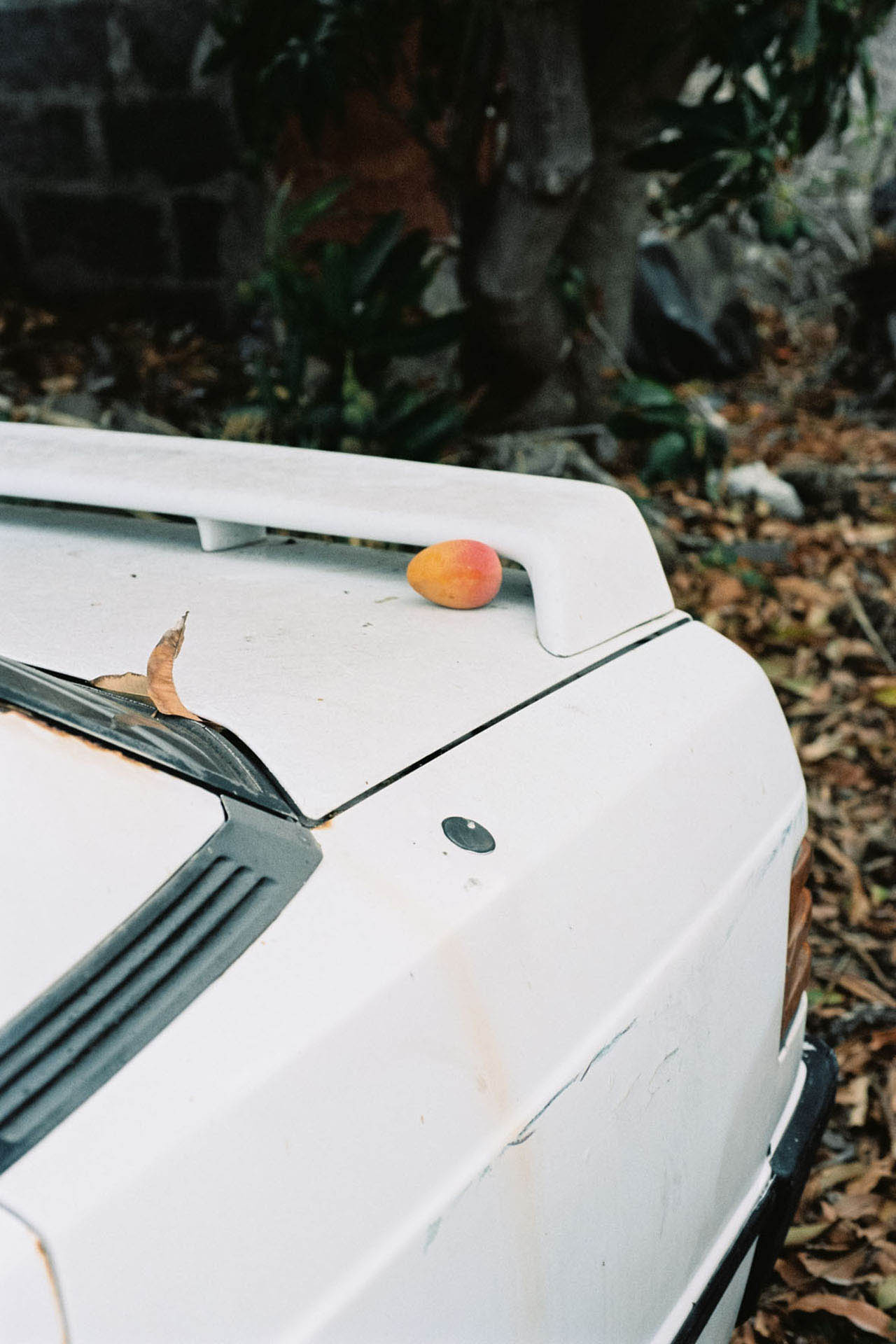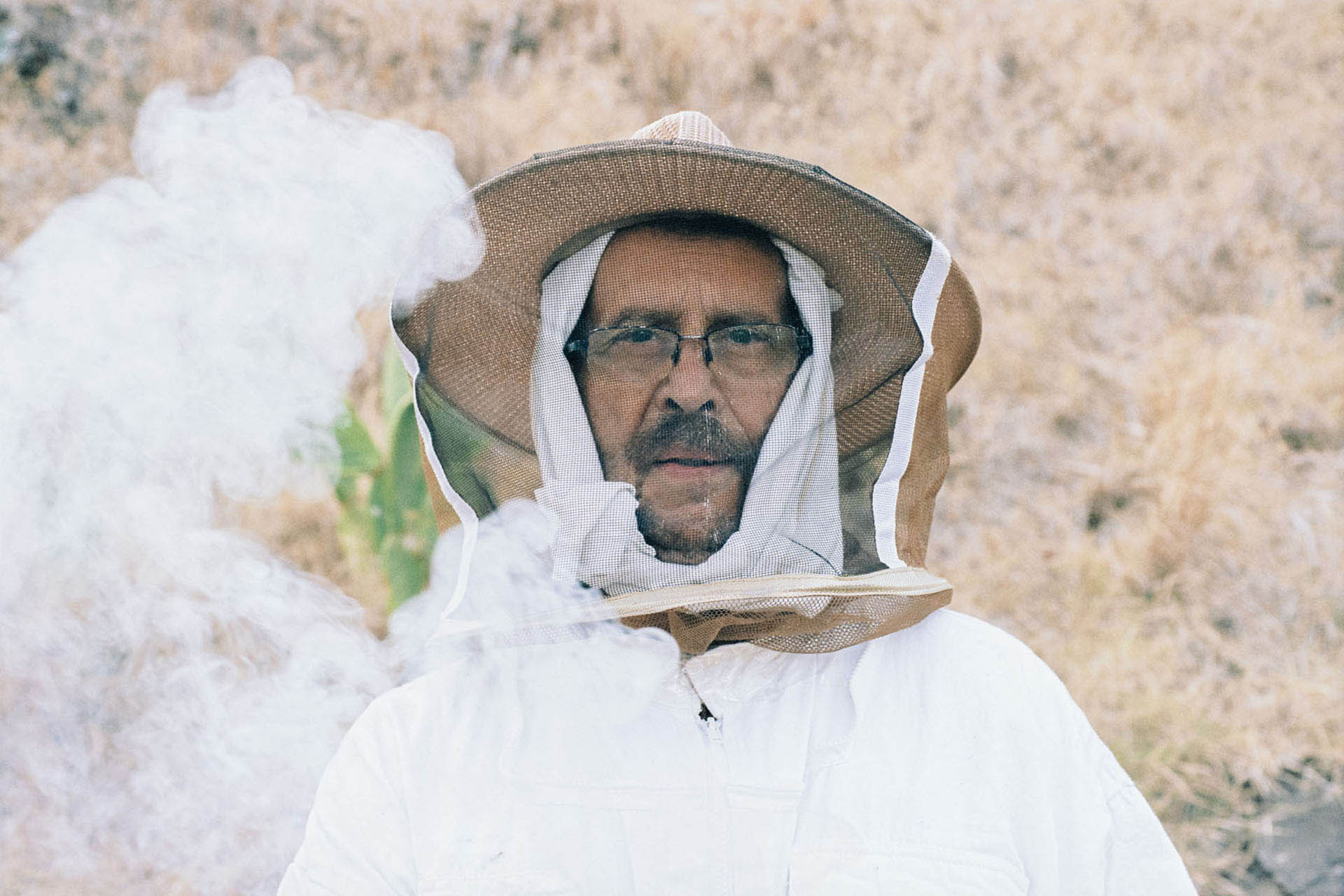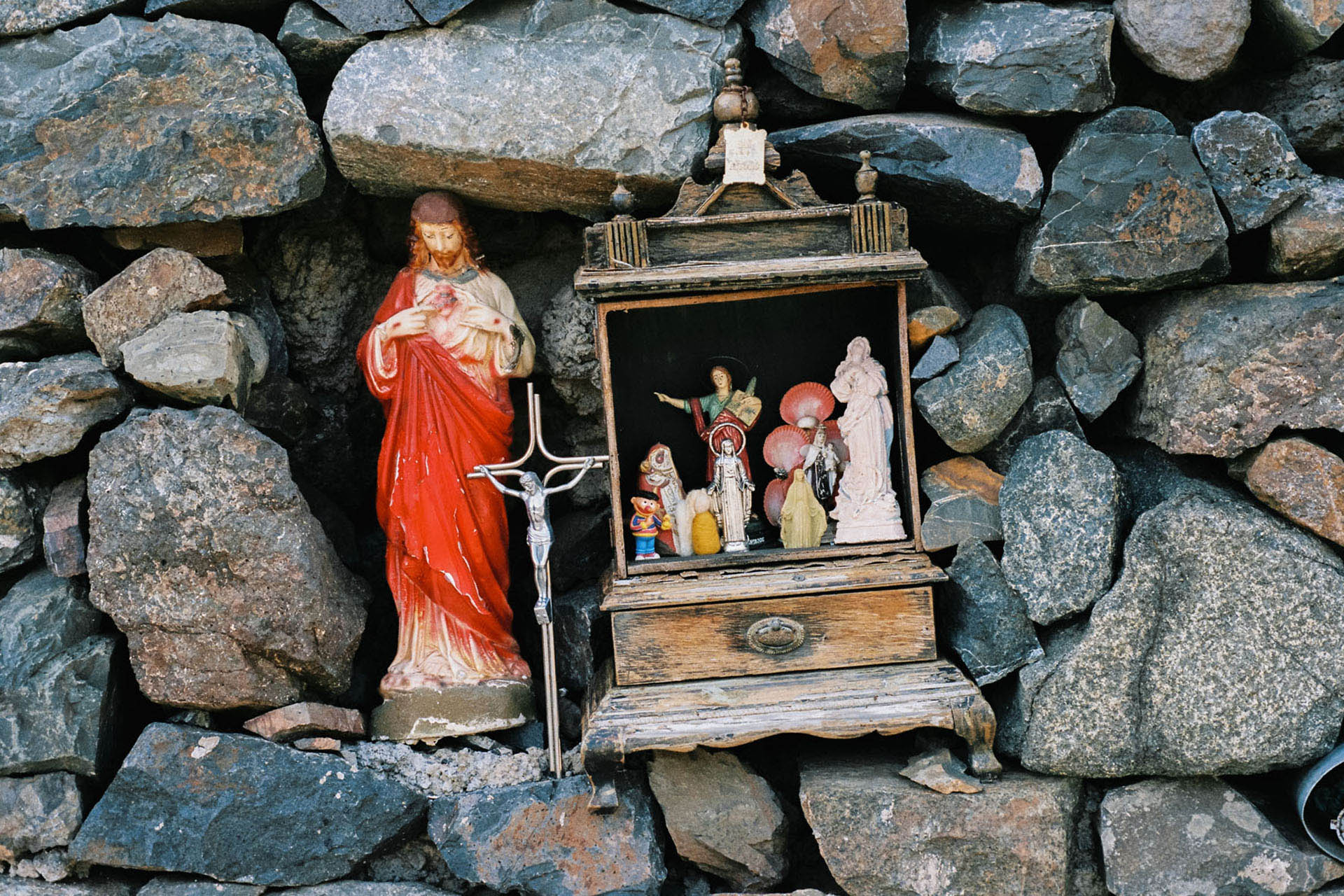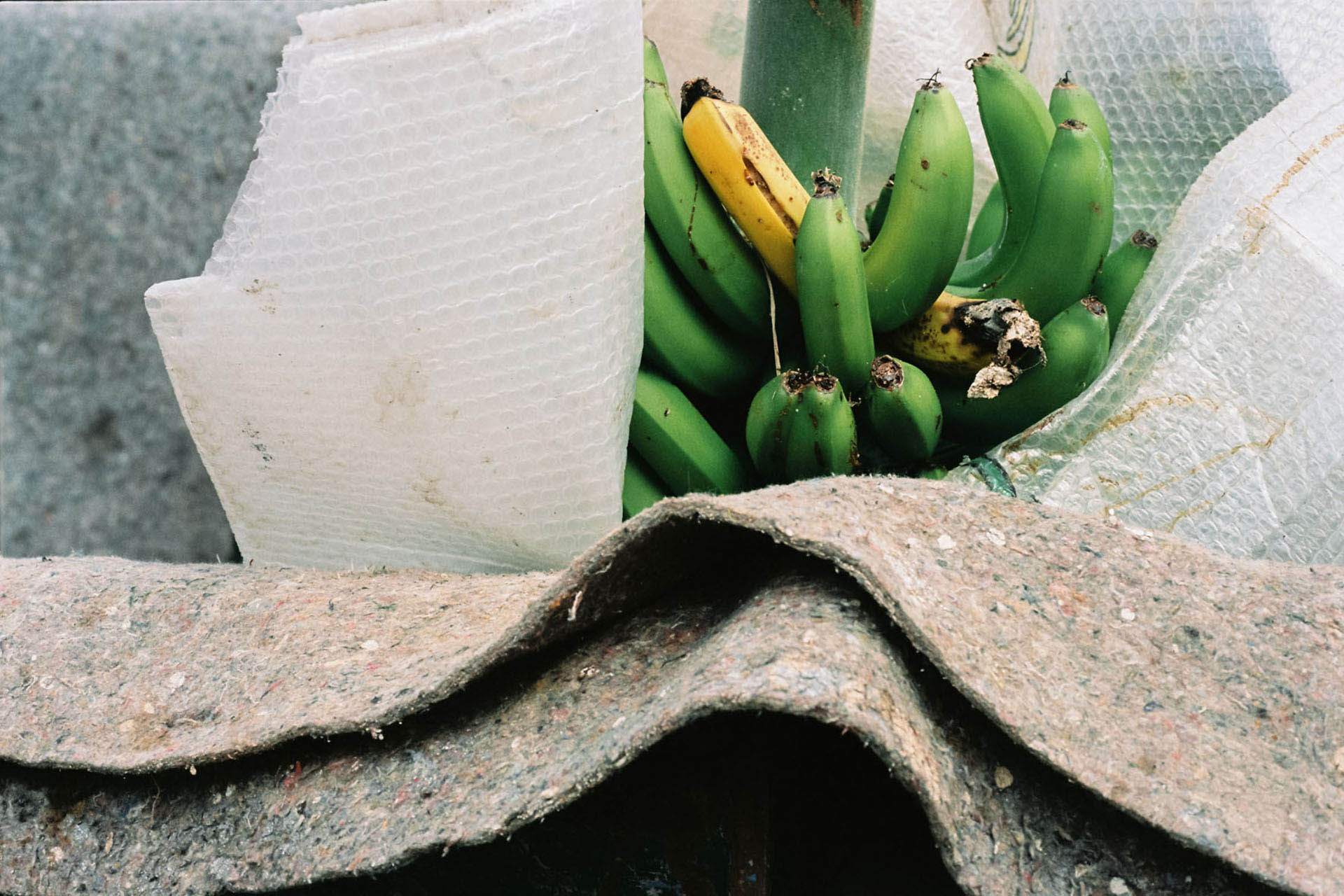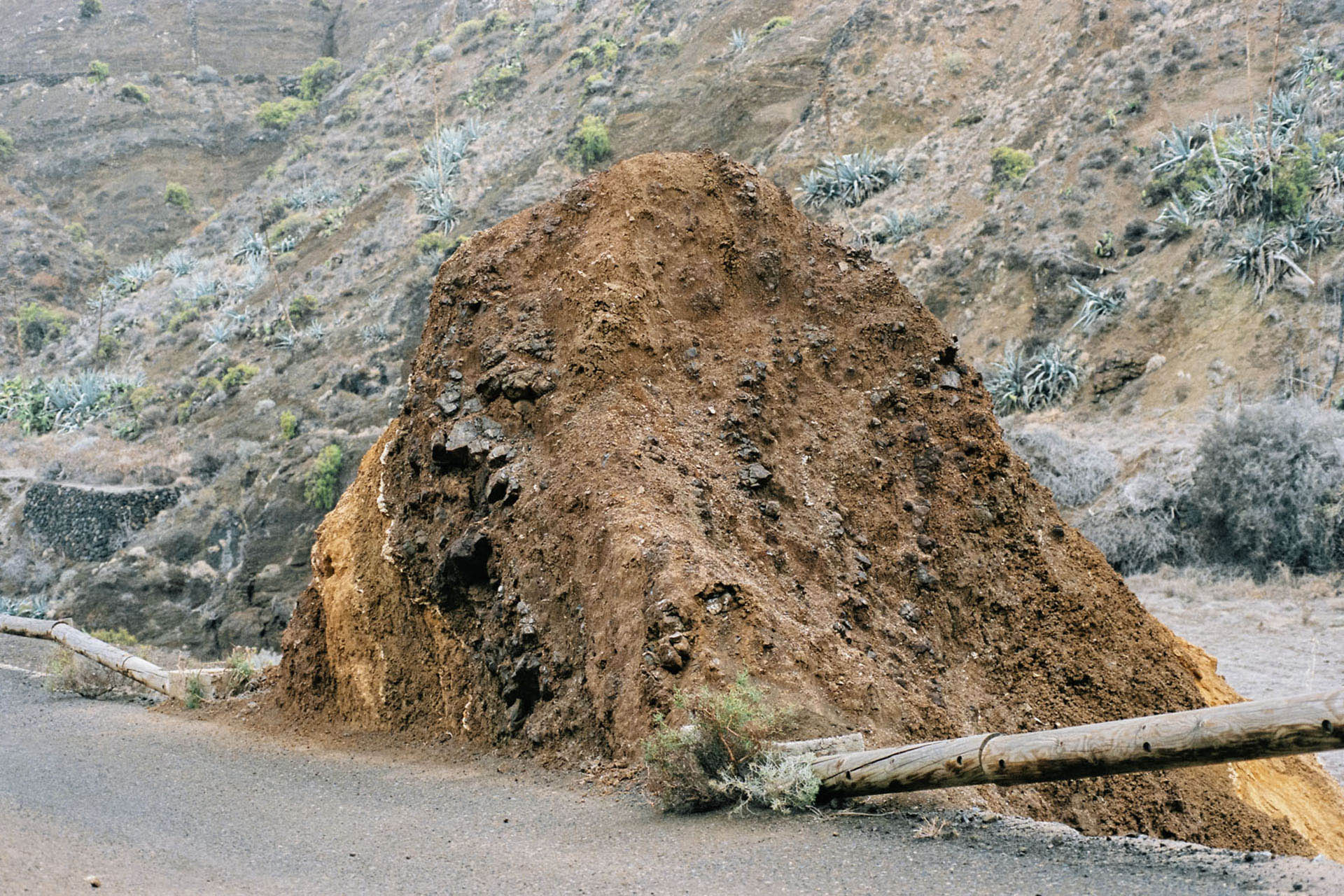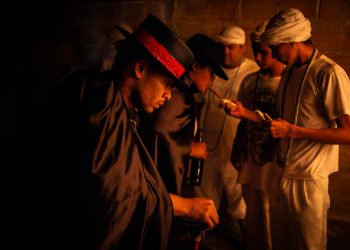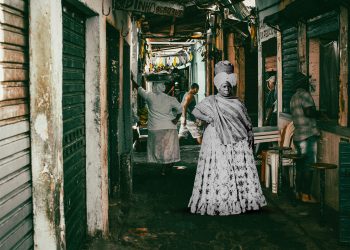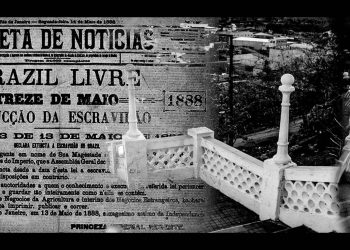Because maps are often drawn from personal stories (…). (Contra el mapa, Estrella de Diego. Ed. Siruela, 2008)
Colombina is a name that resonates in time, a toponymic echo that crosses borders and centuries. She was first a character in the Commedia dell’Arte, the cunning lady who fluctuated between deception and truth on the stages of the Italian Renaissance. But she is also a name that floats across the Atlantic Ocean and settles on La Gomera, one of the smallest islands in the Canary Islands, a fragment of land surrounded by the vast ocean, where stories are passed down in whispers of wind and salt. In the north of this island lies Hermigua, the starting point of this story: a place that once pulsed with the rhythm of agricultural life, inhabited by those who worked the land, even yearning for another destiny.
Colombina is an ongoing photographic project about family memory, roots, and the inevitable erosion of time. It is a visual testimony of the decline of Spain’s outermost territories, of once vibrant towns that are fading into the silence of abandonment. The images not only capture landscapes and faces; they also map absence, traces of lives that once inhabited those spaces. Each photograph poses an unanswered question: what does it mean to belong to a place that is emptying out? How is identity sustained when its narratives fade with each generation? What remains when time takes everything but memories?
Like the Colombina of ancient theaters, this island is also a stage where comedy and tragedy intersect, where nostalgia and hope wage their own battle. In this corner of the Atlantic Ocean, photography becomes an act of resistance against oblivion, an attempt to preserve in the image what history threatens to erase.
